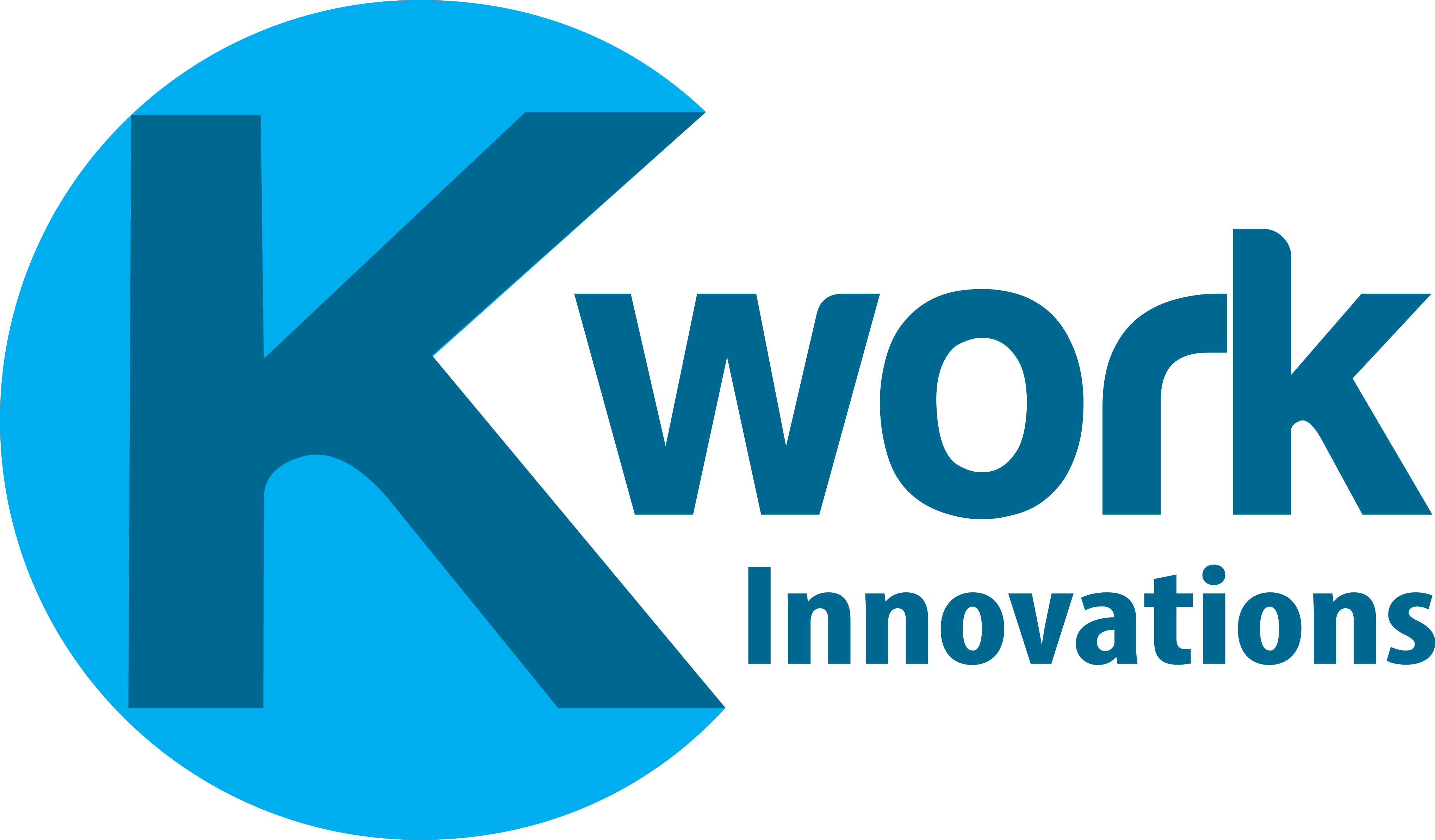The Intensive Care Unit (ICU) of a modern hospital can be an extremely fast-paced, high stress environment. Medical staff must deal with patients having the most severe illnesses, ranging from heart failure and stroke to traumatic brain injuries. In those conditions doctors often find themselves overwhelmed with the amount of information they must keep track of and interpret in real time, including the clinical observations, medical charts, and lab test results of multiple patients. Finding ways of relieving this data overload could make a huge contribution to the standard of care in the ICU.
That’s why an increasing number of efforts are under way to develop methods of applying deep learning to the ICU environment.
Deep Learning Reduces Information Overload in the ICU
Deep Learning (DL) is a subset of machine learning that is particularly suited to making sense of large amounts of both structured and unstructured information. DL systems excel at extracting patterns and finding the correlations between various features that exist in the data, but which may be too subtle for humans to detect. Once trained using data sets specifically assembled for that purpose, the artificial neural networks that are the foundation of a DL system can process an incoming data stream and from it calculate a probability (often called a “prediction”) for each possible outcome.
A good example of this approach is the “ICU Intervene” project being carried out by researchers at MIT’s Computer Science and Artificial Intelligence Laboratory (CSAIL). ICU Intervene assists medical staff by collecting and integrating data from sources such as vital signs, lab test results, clinical notes, and demographics. With this information the system is able to suggest clinical actions that may be needed both immediately and up to eight hours into the future.
The system employs two different neural network algorithms, a Long Short-Term Memory (LSTM) network and a Convolutional Neural Network (CNN). It was trained using MIT’s publicly available MIMIC (Medical Information Mart for Intensive Care) database, which includes anonymized clinical information from about 40,000 critical care patients. With this large amount of labeled training data, ICU Intervene was taught to reliably correlate factors such as blood oxygen saturation, heart rate, and kidney function with the appropriate treatment options. In practice, the system assesses the data on an hourly basis to produce recommendations that are used to help clinicians determine when a patient might need treatment to assist them in breathing, to improve cardiovascular function, to raise or lower blood pressure, or to replace lost blood.
In addition, ICU Intervene can make predictions about interventions that may be needed as much as eight hours into the future. For example, the system can predict the need for a patient who is not yet experiencing respiratory difficulties to be put on a ventilator in six hours from the present time.
According to lead researcher Harini Suresh, ICU Intervene is achieving state-of-the-art results, “significantly outperform[ing] baselines in intervention prediction.”
Deep Learning Helps Monitor Patients in the ICU
In a busy ICU doctors and nurses can spend only a limited amount of time with each patient. It is not uncommon for these caregivers to be stressed by the necessity of closely monitoring several patients simultaneously to insure that medical needs are proactively addressed. The result, according to researchers, is that clinical staff members often miss entirely or fail to adequately document and act on visible signs, such as impaired physical function or facial pain expressions, that point to a need for some type of immediate patient intervention. Also, environmental factors that may contribute to patient distress, such as overly bright lighting that disrupts sleep, or even an excessive number of visitors, are frequently overlooked.
Relieving busy ICU medical personnel of some of the burden of continuously monitoring patients is the goal of a deep learning pilot project being carried out by researchers at the University of Florida. Their system uses wearable light and sound sensors, along with high-resolution cameras, to constantly monitor patients and their surrounding environment. The visual and audio data collected by these instruments is processed using a deep learning algorithm that can recognize and track the faces of individual patients and use signals such as facial expression, posture, and body movement to indicate when some type of clinical intervention may be needed. The algorithm also takes into account such environmental factors as light and sound levels, and visitation frequency, which may contribute to patients getting insufficient sleep.
The deep learning system was trained using a dataset consisting of more than 53 million video frames, including more than 3 million views of facial expressions, as well as hundreds of hours of accelerometer, sound pressure, and light intensity data. Implemented using GPUs that use parallelism to perform a large number of calculations very quickly, the system is able to provide patient assessments in real time, allowing needed interventions to be carried out without delay. Yet, because this innovative technology is implemented with off-the-shelf hardware, the cost of installing it can be as little as $300 per ICU room.
Deep Learning Uses Electronic Health Records to Predict ICU Patient Outcomes
A patient’s electronic health records (EHR) contain a wealth of information that could potentially make vital contributions to that individual’s care. This is especially important in the ICU since ICU patient records typically contain significantly more relevant data than those of general hospital patients.
Increasing the usability of EHR data is the aim of a project recently carried out by researchers from Google, Stanford University, University of California San Francisco, and University of Chicago Medicine. The goal of the project is to use deep learning to predict patient outcomes, such as readmissions, length of stay, and even mortality, with greater accuracy than current methods allow. Such predictions can improve patient care in a number of ways, such as minimizing premature releases that result in a patient having to be readmitted a short time later.
As the researchers note in their report, traditional methods of predictive modeling “typically require extraction of curated predictor variables from normalized EHR data, a labor-intensive process that discards the vast majority of information in each patient’s record.” Instead, they developed a process in which EHRs are converted to the standardized FIHR (Fast healthcare Interoperability Resources) format, and are then processed by a deep learning neural network. The advantage of this approach is that the neural network, in contrast to current methods, uses all of the information contained in a patient’s EHR, including free-text notes from doctors and nurses, to generate its predictions.
The researchers report that their deep learning models “considered more than 46 billion pieces of EHR data and achieved more accurate predictions, earlier in the hospital stay, than did traditional models.”
Machine Learning is Changing the Face of the ICU
Developing systems that can improve patient care in the ICU is a high priority in artificial intelligence research today. The projects described here are examples of the kind of progress that is made possible by the increasing use of deep learning for functions that historically have been difficult or burdensome for human clinical staff members to effectively perform. Many such advances are already proving themselves in hospital pilot projects, and may soon become part of the standard toolset used in ICUs around the world.

